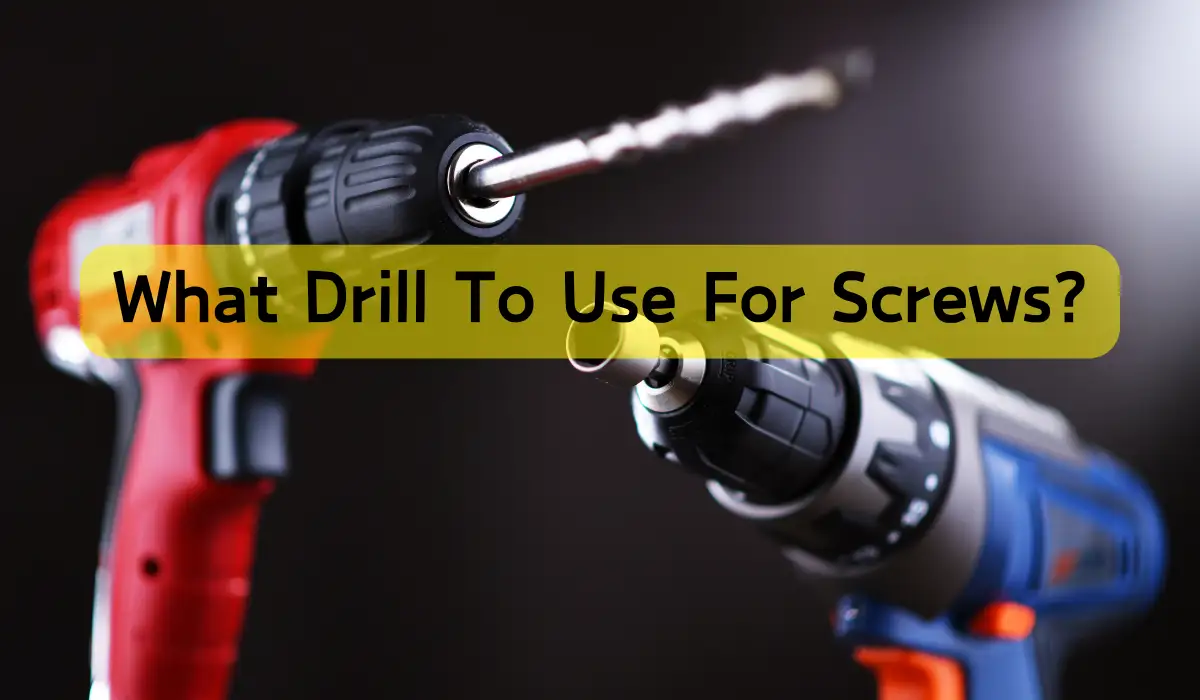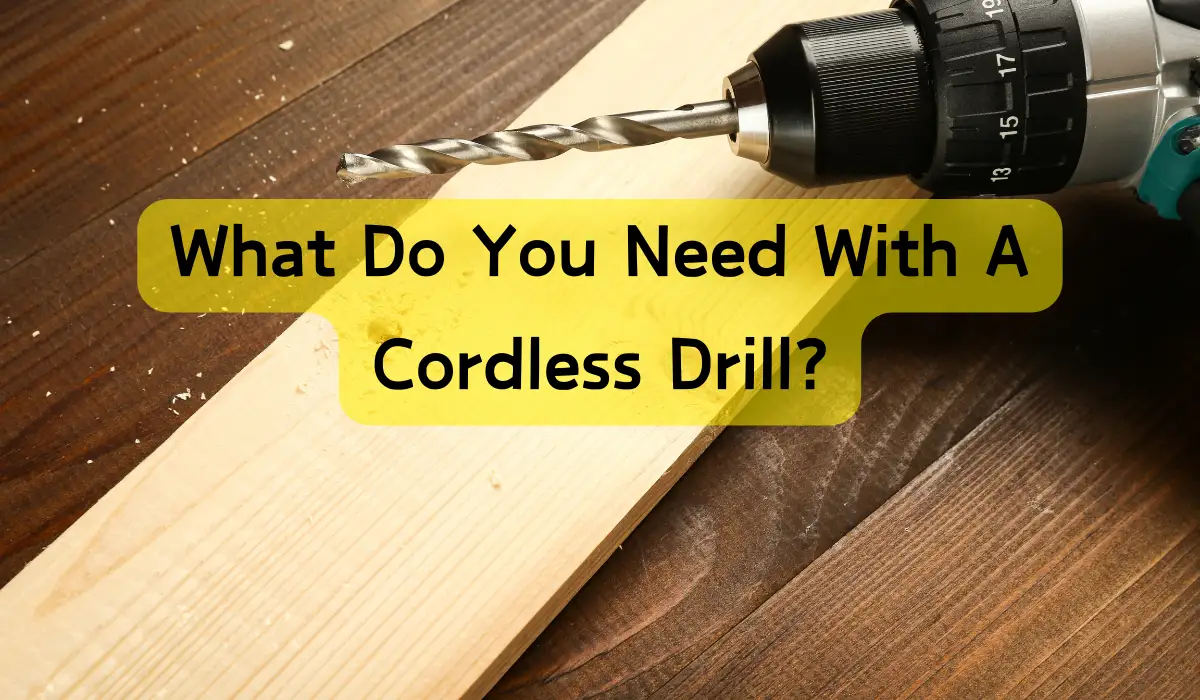You’re wondering if a 12V cordless drill is powerful enough for your tasks. The answer is, it depends on the specific drill and your needs. A well-designed 12V drill can deliver similar performance to its 18V or 20V counterparts, making it a reliable choice. It’s ideal for tasks requiring precision and control, like driving small screws or drilling small holes. But for tougher tasks, you might need more power. If you want to know more about what a 12V drill can handle, and how to choose the right one for your projects, keep exploring to discover the capabilities of a 12V cordless drill.
Jump to
Key Takeaways
• A 12V cordless drill’s power is measured by its wattage, with higher numbers indicating more power and ability to handle tougher tasks.
• A well-designed 12V drill can deliver similar performance to a higher voltage drill, depending on the motor design and task requirements.
• Torque and speed capabilities are crucial, with a drill’s ability to drive screws and drill through tough materials dependent on its torque and speed settings.
• While 12V drills may not be suitable for heavy-duty tasks, they excel in tasks requiring precision and control, such as driving small screws and drilling small holes.
• A 12V cordless drill’s power is sufficient for various tasks, including mixing materials, assembling furniture, and hanging pictures, making it a versatile tool.
Understanding 12V Cordless Drill Power
When you’re shopping for a 12V cordless drill, understanding the unit’s power output is essential to determining whether it can handle your tasks efficiently.
The power output of a drill is typically measured in watts (W) or unit watts (UW), with higher numbers indicating more power. A higher wattage drill can handle tougher tasks and larger screws, while a lower wattage drill is better suited for lighter tasks like drilling small holes.
You’ll also want to examine the drill’s torque, which is the rotational force that drives the drill bit. Torque is usually measured in newton-meters (Nm) or inch-pounds (in-lbs). A higher torque rating means the drill can handle more resistant materials and larger screws.
When evaluating a 12V cordless drill’s power output, look for the maximum watts or unit watts, as well as the maximum torque rating. This information will give you a better understanding of the drill’s capabilities and help you choose the right tool for your specific needs. By taking into account these factors, you’ll be able to find a drill that can efficiently handle your tasks and get the job done effectively.
Comparing 12V to Higher Voltage Drills
As you weigh the capabilities of a 12V cordless drill, it’s natural to wonder how it stacks up against its higher-voltage counterparts.
You might assume that a higher voltage drill would be more powerful, but that’s not always the case. When comparing 12V to higher voltage drills, you’ll notice that higher voltage doesn’t always translate to more power.
In fact, many 18V and 20V drills have similar power outputs to their 12V counterparts. This is because the power output depends on the motor design, not just the voltage. A well-designed 12V drill can deliver similar performance to a higher voltage drill, especially for smaller tasks and applications.
When choosing between a 12V and a higher voltage drill, consider the tasks you’ll be using it for. If you’re working with smaller screws, driving small nails, or doing light woodworking, a 12V drill might be the perfect choice.
However, if you need to drive large screws, mix concrete, or tackle heavy-duty projects, a higher voltage drill might be a better fit.
Ultimately, you must evaluate the specific requirements of your projects and choose the drill that best suits your needs.
Torque and Speed Capabilities
A 12V cordless drill’s torque and speed capabilities are critical factors in determining its overall performance and versatility. These two factors work together to facilitate that your drill can handle various tasks efficiently.
Torque measures the drill’s rotational force, which affects its ability to drive screws and drill through tough materials. Speed, on the other hand, affects how quickly you can complete tasks. A drill with high torque and speed can tackle demanding projects, while a drill with low torque and speed may struggle.
Torque and speed are vital aspects of a drill’s performance.
Key Performance Indicators:
- Torque range: Look for a drill with a wide torque range (e.g., 100-300 in-lbs) to tackle various tasks, from driving small screws to drilling through thick wood.
- Speed settings: A drill with multiple speed settings (e.g., 2-3) allows you to adjust to different tasks and materials.
- Peak torque: A higher peak torque (e.g., 300 in-lbs) guarantees that your drill can handle demanding tasks.
- No-load speed: A higher no-load speed (e.g., 1,500 RPM) helps you complete tasks quickly.
Real-World Drilling Performance Tests
To put a 12V cordless drill’s capabilities to the test, real-world drilling performance tests can help you determine its effectiveness in everyday tasks.
You’ll want to assess how well it handles various materials, such as wood, metal, and drywall. For instance, you can drill into a 2×4 wooden plank to see how easily the drill bits through it. You can also test its performance on metal pipes or drywall anchors to gauge its ability to handle tougher tasks.
When conducting these tests, pay attention to the drill’s speed, torque, and overall efficiency. You might be surprised at how well a 12V cordless drill can handle tasks that previously required a more powerful drill.
Additionally, consider testing the drill’s ability to drive screws and lag bolts, as this will give you a better understanding of its overall versatility.
Battery Life and Charging Speed
With your drill’s drilling capabilities assessed, it’s time to examine the battery life and charging speed that powers these tasks.
You’re probably wondering how long you can work without needing to recharge and how quickly you can get back to work when the battery runs out.
When it comes to battery life, a 12V cordless drill typically lasts anywhere from 15 to 30 minutes, depending on the type of tasks you’re performing and the capacity of the battery.
Most 12V cordless drills come with 2.0Ah or 4.0Ah batteries, with the latter providing longer runtime.
Charging speed varies by brand, but most drills can charge from 0 to 80% in about 30 minutes.
Some high-end models feature rapid charging, which can refill the battery to 100% in under an hour.
It’s essential to maintain your battery’s health by storing it in a cool, dry place and avoiding deep discharges.
Tasks Suited for 12V Cordless Drills
From driving small screws to mixing materials, a 12V cordless drill is suited for a variety of tasks that don’t require heavy-duty power.
You’ll find it’s perfect for tasks that need precision and control, rather than brute force. For instance, you can use it to drive small screws, assemble furniture, or hang pictures.
It’s also great for mixing materials like drywall compound, plaster, or cement.
Additionally, a 12V cordless drill is ideal for drilling small holes in wood, metal, or plastic. You can even use it to power screwdrivers, nut drivers, or other accessories.
When working with delicate materials, a 12V cordless drill provides the necessary finesse to avoid damaging the material.
Its compact size and lightweight design also make it easy to maneuver in tight spaces.
Frequently Asked Questions
Can I Use a 12V Drill for Heavy-Duty Construction Projects?
You can’t rely on a 12V drill for heavy-duty construction projects; it’s better suited for smaller tasks like drilling screws or mixing materials, leaving heavier tasks to more powerful drills.
Are 12V Cordless Drills Suitable for Drilling Through Metal?
You’ll find 12V cordless drills suitable for drilling through metal, but their power may vary. They can handle thin metal sheets or small metal rods, but may struggle with thicker or harder metals, so choose the right drill bits and adjust your expectations.
Do 12V Drills Have a Higher Risk of Overheating?
You’ll find that 12V drills are more prone to overheating due to their compact size and high-torque motors, which can cause temperature buildup, especially during prolonged use or with heavy loads.
Can I Share Batteries Between Different 12V Drill Brands?
You can’t share batteries between different 12V drill brands as they have proprietary battery systems, but you might be able to use compatible batteries from the same manufacturer or third-party alternatives with similar specs.
Are 12V Drills More Prone to Vibration Than Higher Voltage Drills?
You might wonder, do 12V drills vibrate more than higher voltage ones? Generally, no, they don’t. However, factors like motor design, ergonomics, and battery quality can affect vibration, regardless of voltage.




